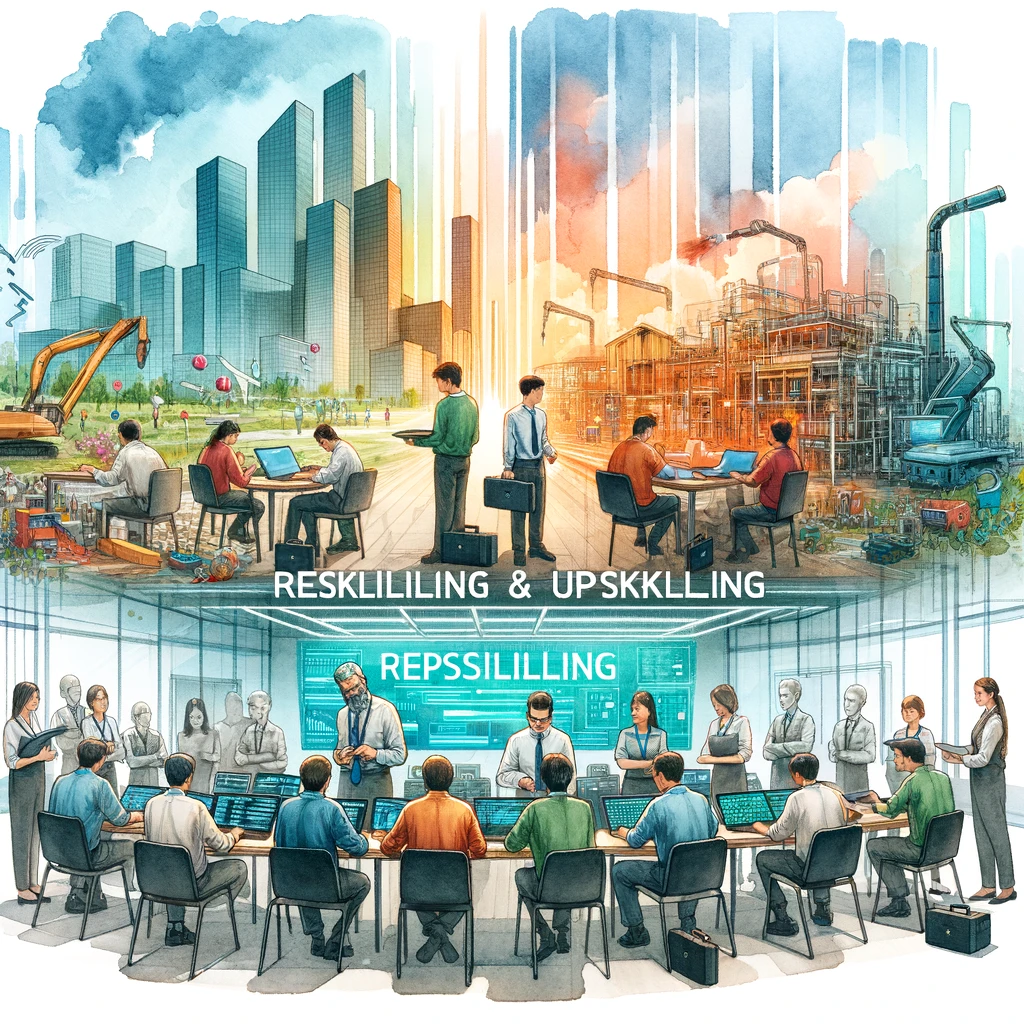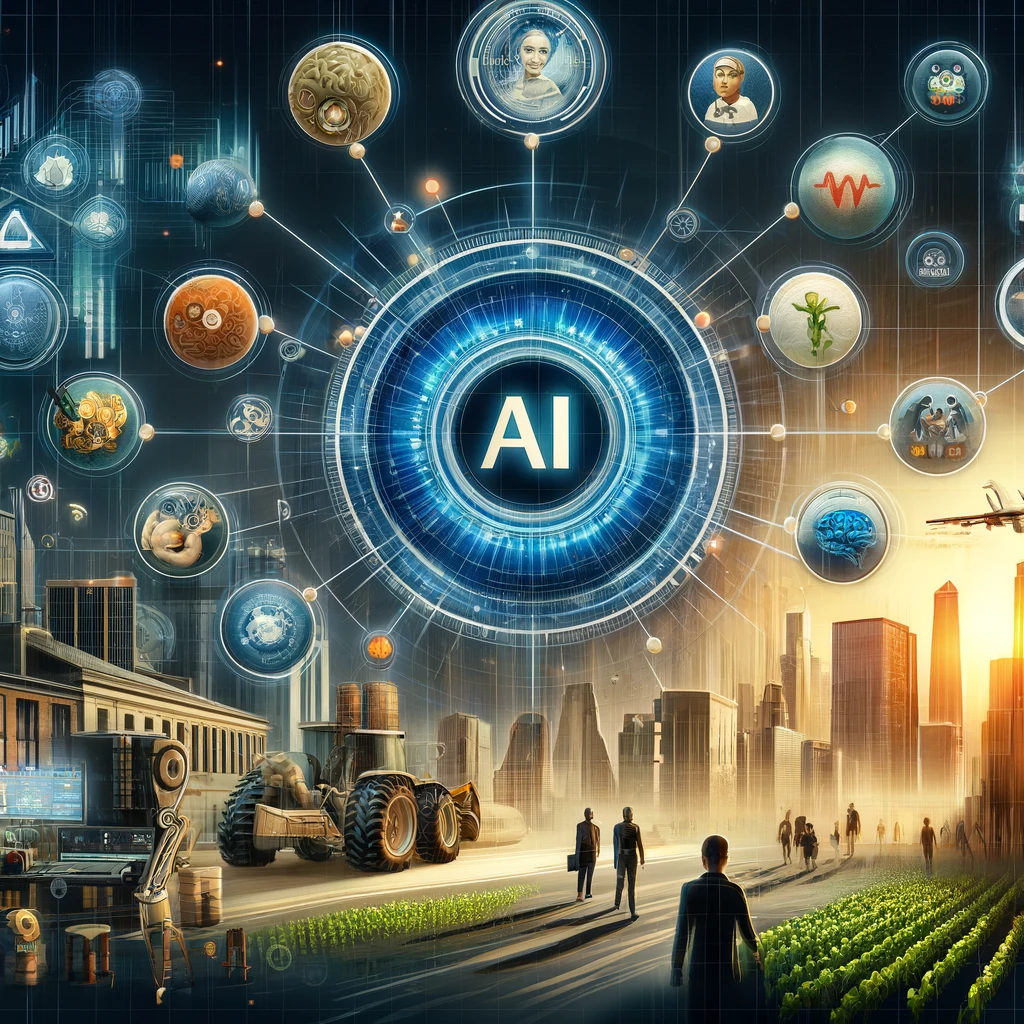Science is crucial in addressing climate change by providing evidence, developing technologies, and offering solutions to mitigate its effects. Through extensive research, scientists understand the causes and consequences of global warming, helping policymakers make informed decisions. The intersection of science and economics of climate change ensures that the environmental and financial impacts are considered together, leading to more effective strategies.
- Data on rising temperatures, melting ice caps, and unusual weather conditions, thanks to sophisticated climate models and simulations.
- It develops renewable energy technologies like solar and wind power, which it aims to reduce the dependency on fossil fuels and carbon emissions.
- It promotes climate-resilient agriculture to ensure food security under changed weather conditions.
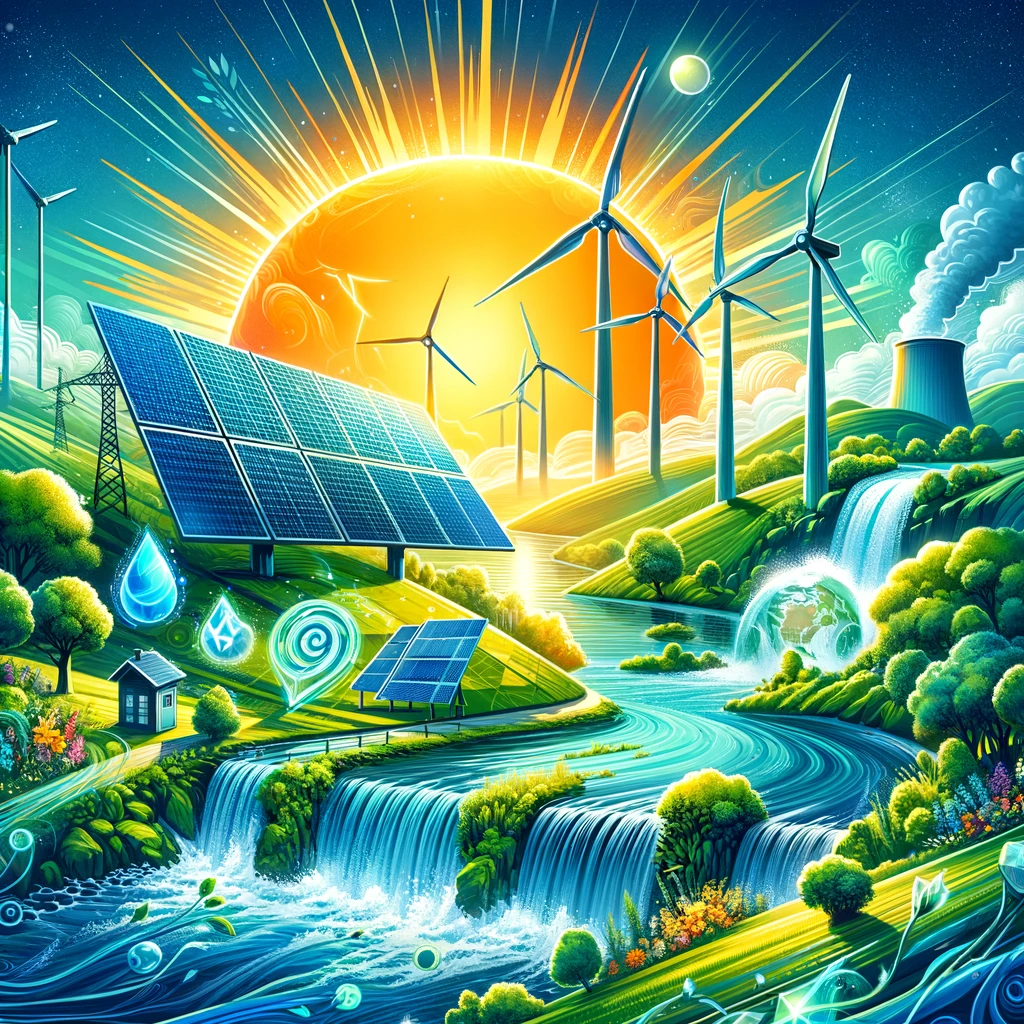
Renewable Energy Technologies
Renewable energy technologies harness natural resources to generate power with minimal environmental impact. Key technologies include solar power, wind energy, and hydroelectric power, each contributing significantly to reducing carbon emissions and reliance on fossil fuels.
Solar Power:
Solar energy is captured using photovoltaic (PV) cells, which convert sunlight directly into electricity. Solar panels can be installed on rooftops or in solar farms, making it a versatile solution for various applications.
Contribution to Reducing Carbon Footprints
- Global Adoption: Solar power accounts for about 3% of global electricity generation, a figure that is rapidly increasing as installation costs decrease and technology improves.
- India’s Efforts: Under the National Solar Mission, India aims to achieve 100 GW of solar power capacity by 2022, contributing significantly to its climate goals.
Challenges and Limitations
- Intermittency: Solar power generation depends on weather conditions and daylight, necessitating energy storage solutions or supplementary power sources.
- Land Use: Large-scale solar farms require significant land, which can lead to habitat disruption if not managed properly.
Wind Energy
Wind turbines convert kinetic energy from wind into electricity. They can be installed onshore or offshore, with offshore installations typically providing more consistent wind speeds.
Contribution to Reducing Carbon Footprints
- Global Impact: Wind energy generates approximately 7% of the world’s electricity and avoids around 1.1 billion tons of CO2 emissions annually.
- Case Study – Denmark: Denmark generates over 40% of its electricity from wind power, showcasing its potential as a major energy source.
Challenges and Limitations
- Variable Output: Wind energy is also subject to variability, requiring integration with other energy sources or storage systems.
- Environmental Impact: Wind turbines can impact bird and bat populations and may face opposition due to noise and visual impact.
Hydroelectric Power
Hydroelectric power plants generate electricity by using water flow to turn turbines. It is a well-established technology with large-scale implementation worldwide.
Contribution to Reducing Carbon Footprints
- Significant Share: Hydropower accounts for 16% of global electricity generation and is the largest source of renewable electricity.
- Brazil’s Success: Hydropower constitutes about 60% of Brazil’s total energy mix, significantly reducing its reliance on fossil fuels.
Challenges and Limitations
- Ecological Impact: Large dams can disrupt local ecosystems, fish migration, and water quality.
- Displacement: The construction of reservoirs can lead to displacement of communities and wildlife.
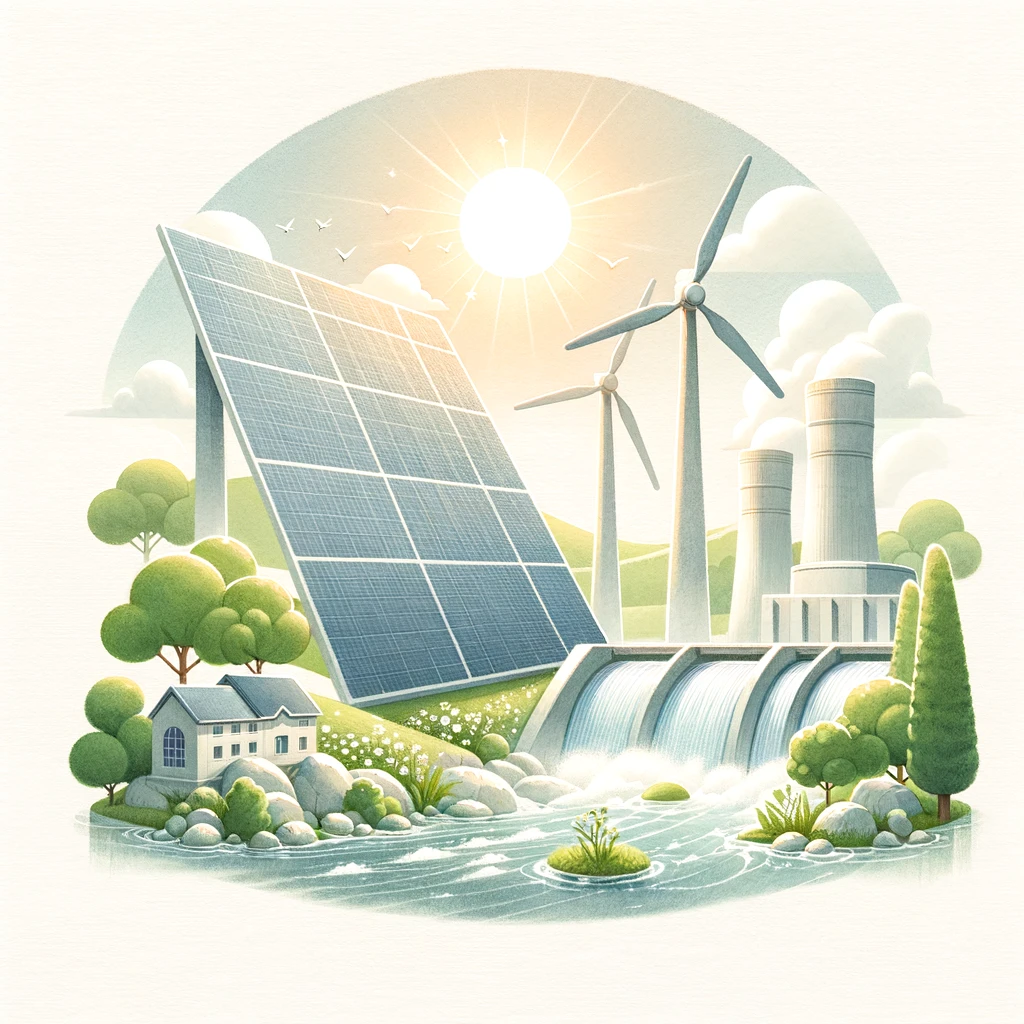
Carbon Capture and Storage (CCS)
Carbon Capture and Storage (CCS) involves capturing carbon dioxide (CO2) emissions from industrial processes and storing them underground to prevent them from entering the atmosphere.
Methods and Technologies
- Pre-combustion Capture: Captures CO2 before fuel combustion by converting fuel into a mixture of hydrogen and CO2.
- Post-combustion Capture: Captures CO2 from flue gases after combustion, using solvents or membranes.
- Oxy-fuel Combustion: Burns fuel in pure oxygen instead of air, producing a concentrated CO2 stream that is easier to capture.
Successful Implementations
- Sleipner Project: Norway’s Sleipner gas field has been capturing and storing about 1 million tons of CO2 annually since 1996.
- Boundary Dam: In Canada, the Boundary Dam power station captures 1 million tons of CO2 annually, demonstrating CCS in the power sector.
Challenges and Limitations
- High Costs: CCS technology is expensive, challenging widespread adoption without economic incentives.
- Storage Risks: Potential risks include CO2 leakage from storage sites, which could undermine the effectiveness of the technology.
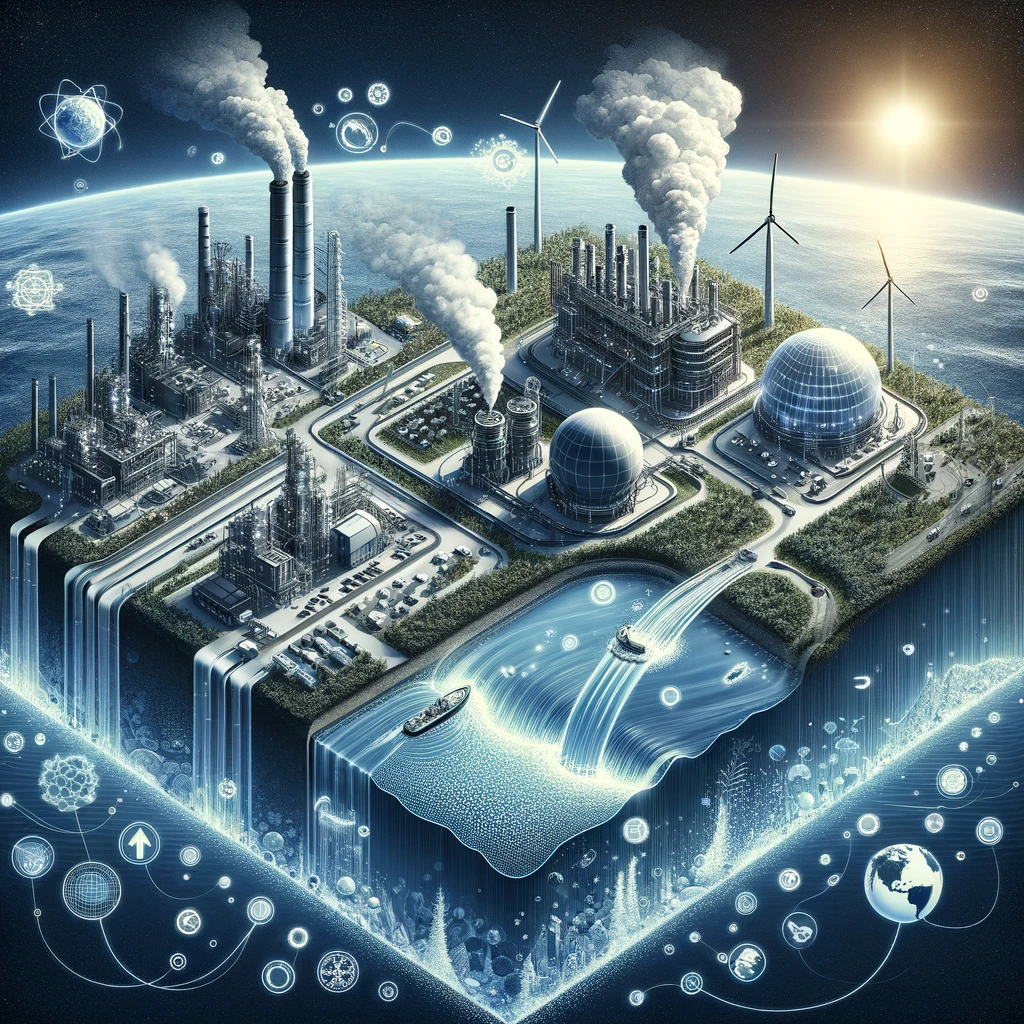
Climate Modeling and Prediction
Climate models are computational tools that simulate the Earth’s climate system, including the atmosphere, oceans, land surface, and ice. They predict future climate changes based on different scenarios of greenhouse gas emissions.
Use in Predicting Climate Changes
- IPCC Models: The Intergovernmental Panel on Climate Change (IPCC) uses climate models to provide comprehensive assessments of climate change, influencing global policy decisions.
- Regional Models: High-resolution regional climate models help predict localized impacts, such as changes in precipitation patterns and extreme weather events.
Guiding Policy
- Paris Agreement: Climate models have been instrumental in setting targets for the Paris Agreement, which aims to limit global warming to well below 2°C above pre-industrial levels.
- Adaptation Strategies: Models guide adaptation strategies by projecting impacts on agriculture, water resources, and human health.
Challenges and Limitations
- Complexity: Climate models require vast amounts of data and computational power, making them complex and resource-intensive.
- Uncertainty: There is inherent uncertainty in long-term predictions due to variables like future human behavior and natural climate variability.
Sustainable Agriculture Technologies
Sustainable agriculture technologies aim to increase food production while minimizing environmental impact. Innovations include precision farming and genetically modified (GM) crops.
Precision Farming
Precision farming uses technology to monitor and manage agricultural practices with high precision, optimizing resource use and crop yield.
Key Innovations
- GPS and Drones: GPS technology and drones provide real-time data on crop health, soil conditions, and pest activity.
- Soil Sensors: Soil moisture sensors help optimize irrigation, reducing water use and improving crop growth.
Successful Implementations
- India’s Initiative: The Indian government promotes precision farming through schemes like the Pradhan Mantri Krishi Sinchayee Yojana, which aims to enhance water use efficiency in agriculture.
- Australia’s Example: In Australia, farmers use drones for crop monitoring, leading to better pest control and yield management.
Genetically Modified (GM) Crops
GM crops are engineered for traits like pest resistance, drought tolerance, and enhanced nutritional content.
Key Innovations
- Bt Cotton: Bt cotton, which contains a gene from the bacterium Bacillus thuringiensis, is resistant to certain pests, reducing the need for chemical pesticides.
- Golden Rice: Golden Rice is genetically modified to produce beta-carotene, a precursor of vitamin A, helping to address vitamin A deficiency in developing countries.
Successful Implementations
- India’s Success: India has seen significant adoption of Bt cotton, leading to increased yields and reduced pesticide use.
- Philippines’ Golden Rice: The Philippines has approved Golden Rice for commercial planting, marking a significant step towards addressing nutritional deficiencies.
Challenges and Limitations
- Regulatory Hurdles: GM crops face strict regulatory scrutiny, which can delay development and adoption.
- Public Perception: There is ongoing debate and concern about the safety and environmental impact of GM crops.
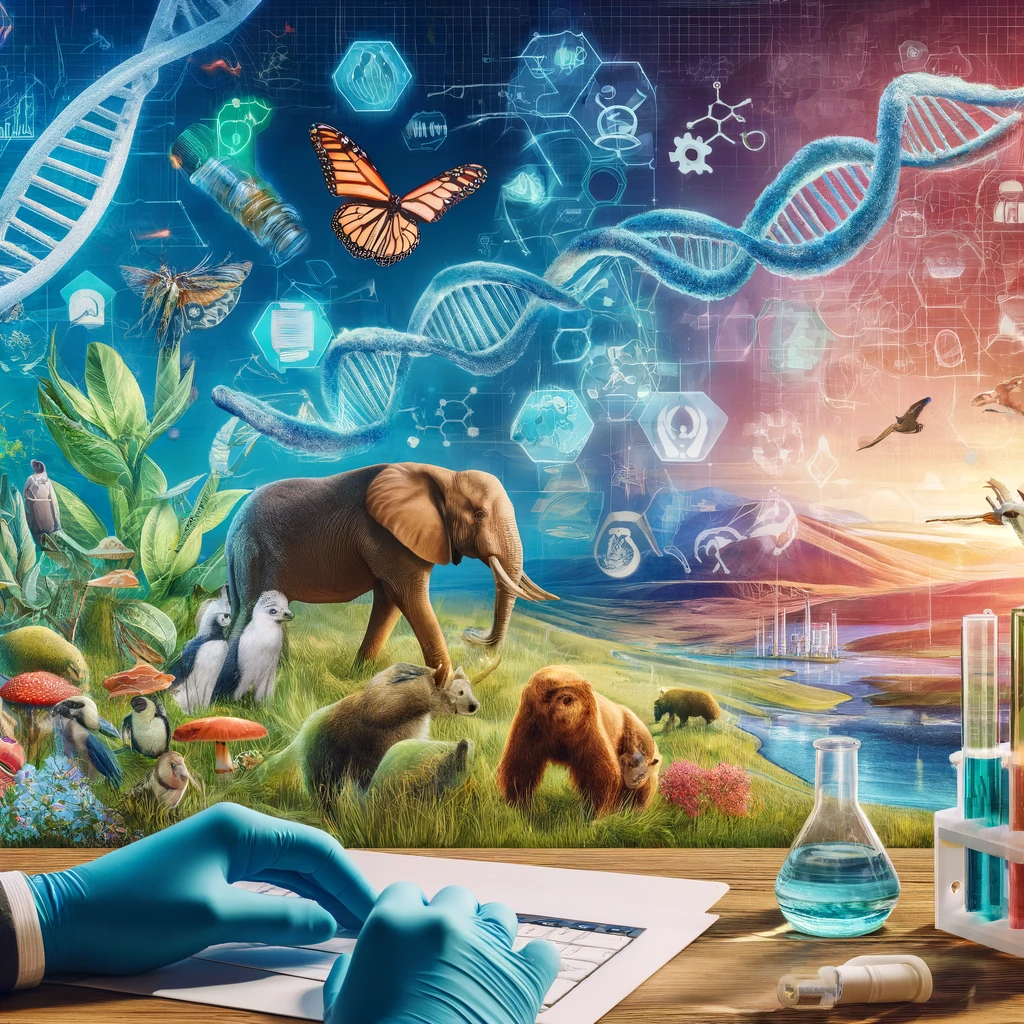
Conclusion
Science provides essential tools and technologies for addressing climate change. Renewable energy, carbon capture and storage, climate modeling, sustainable agriculture, and biotechnology offer promising solutions to reduce carbon footprints, predict and mitigate impacts, and promote sustainability. Understanding and leveraging these scientific advancements is crucial for developing effective policies and strategies to combat climate change and ensure a sustainable future.
| Role of Science in Addressing Climate Change UPSC Notes |
| 1. Science plays a critical role in understanding climate change by analyzing atmospheric data and identifying human activities as major contributors to global warming. 2. Technological innovations such as renewable energy, carbon capture, and electric vehicles are vital tools developed through scientific research to mitigate climate change impacts. 3. Climate models, developed using advanced computing, help predict future climate patterns, enabling policymakers to plan for effective climate adaptation and disaster management. 4. Scientific research has led to breakthroughs in agricultural practices like climate-resilient crops, which help sustain food security in changing climate conditions. 5. Ocean and polar studies reveal the extent of climate change impacts on ice melt, sea level rise, and marine biodiversity, guiding global conservation efforts. 6. The role of science in international climate agreements like the Paris Agreement ensures that climate goals are evidence-based and achievable through data-driven strategies. 7. Monitoring and reporting systems like satellites provide real-time information on environmental changes, enhancing global collaboration and timely responses to climate-related threats. 8. Climate science promotes public awareness and encourages collective action by providing factual information about the urgency and consequences of climate inaction. |

